The Home Run Quilt Pattern
- Jen Wagner

- Dec 28, 2023
- 7 min read
Updated: Apr 4, 2024
Links for the free coloring pages are at the end of this post. See the Riley Blake Designs blog post announcing the Home Run Quilt Pattern.
This beauty began out of my desire to make the technique of foundation paper piecing (FPP) accessible to all quilters. FPP is a great because we can use it to make all sorts of shapes and designs and using paper stabilizes the fabric so that quilt blocks are precise and don't stretch out of shape.
I first tried FPP about 12 years ago and made a block with lots of chevrons in it. By the time I figured out what I was doing and finished the block, I thought, "I could have done this so much faster with traditional piecing." I was done with FPP and I was never going to do it again.... and then I attended QuiltCon in 2022 where I saw an incredible foundation paper pieced quilt by Veruschka Zarate of Pride and Joy Quilting. It's a huge portrait of her holding her two boys, see it here. I immediately knew I had to give FPP a second chance and I came home and began designing "Bubbly Letters", a set of FPP alphabet blocks that can be used to spell anything and can also be made into a quilt.
I came to see that "Bubbly Letters" was not going to be the FPP pattern I could use to teach newbies to the technique. The problem with FPP is that the paper templates that you stitch the fabric to are a mirror image of the finished block. This creates confusion, especially with an alphabet. A backwards "e" does not sit well in the brain. I've even had someone tell me, "FPP is like trying to walk backward in high heels!" I don't want it to feel this way because it's really like riding a bike, once you figure it out, you're good, it's doing the same thing over and over again. This led me to develop a series of quilt block patterns that make FPP simple while still creating captivating designs. I love love love these patterns because anyone can have success learning FPP with them and make beautiful quilt blocks that can be made into quilts, bags, jackets, hot pads, pillows, etc. They're available as PDF downloads to print at home and as professionally printed versions that include the paper templates to make 20 blocks!
As I designed these patterns, I played with block combinations to create so many quilt top options. Some of which you can see here and here. I'd love to make quilt patterns for them all but let's be real, taking an idea and making it into a pattern takes a long time so I don't have individual patterns for them yet but you can make all of the mock ups using the block patterns above. Tip- if using the hexagon blocks, stitch them into halves, then put the halves into rows. Then you don't have any Y seams!
Riley Blake Designs had been looking for some quilt designs that use their Expression Batiks so I plugged images of their fabrics into two of the quilt mock ups I'd made from the patterns above and they liked them both!!! They sent me a box of their gorgeous batiks and I got to work. The first of the two quilts is "Home Run" and the second is a sampler quilt I'm calling "All Together Now" which is coming out early in 2024.
While the Expression Batiks are a new line of fabrics at Riley Blake Designs, the art of batik making has been around for centuries. Tjap, pronounced “chop” is a batik fabric stamp created with thin strips of copper that are manipulated by hand into florals, geometrics, or other motifs. These beautiful motifs are then welded onto a metal base. To create breathtaking batiks, a copper Tjap is dipped into melted wax and stamped onto hand-dyed fabric. The wax sets into the fibers and conceals the color of the hand-dye. The fabric is then prepared for a second layer of color. Once the fabric has dried in the bright Indonesian sunshine, the fabric soaks in a hot bath to remove the wax from the fibers to reveal the striking and colorful design underneath. One thing I learned while working with these batiks is that alcohol based marking pens bleach out these fabrics. I ended up using a chalk pencil with no problems.
As my pattern testers started experimenting with some other Riley Blake fabrics, I fell in love with how versatile this pattern really is. They made it shine! You'll see that some of them really enjoyed the coloring pages, saying that they typically don't use coloring pages but there was so much opportunity to play with this quilt that they colored away!
Whenever I start a pattern test, I try not to limit what my testers make because I want them to make the project their own. I usually work with a smaller group of testers but three of them had recent surgery and so I sent out a call for help on IG. I had over 30 people respond ready to jump right in! The quilting community is so amazing! I put half of them on "Home Run" and the other half on "All Together Now" and I just love what they've been doing. What makes quilters the nicest people on earth? Seriously, I love these people. One of my lovely testers, Ron at Quilted Gift Shop rotated the striped triangles when putting his top together, can you spot it? I'll give you a hint, it's made in red and orange batiks. It makes me smile! I love that the same pieces just turned a little make a whole new design!

One of my testers, Mollie @madeby_moonlight, put a gradient into her project and I just had to include this as a color option in the pattern. I searched through Riley Blake's Confetti Cotton Solids and found similar colors then added yardage and instructions to the pattern for this layout. And guess what.... you can get it as a kit! Oh and that's her darling cat "helping" her prep the FPP templates. If you love the batik version, I've also been putting together kits with the batiks.
The construction of this quilt is pretty simple. If you've never tried FPP but wanted to, this is the quilt for you! The pattern guides you step by step through the process so you don't have to know how to do it before you start. The pattern includes instructions to cut fabric strips into smaller pieces which makes FPP smooth, especially when you use chain piecing to add fabric to the same shape on all the triangles one after another. If you're new to FPP, I'd suggest to make one triangle start to finish so you get an idea of how the whole process works, then make the rest all at once assembly line style - do the first step on all the triangles, then the next step on all the triangles, etc.
It's tempting to start taking the paper out once the triangles are made but I strongly advise to leave it in until the entire quilt top is put together. This quilt is full of bias edges and it's the paper that keeps it from stretching. After sewing the last sections together, then go crazy and take it all out! I did this with a big bowl in my lap and watched a movie. The next morning, I looked over it with tweezers to get any small pieces out that I'd missed. Give it a good steamy press then on to quilting!
I had grand plans to do a simple loopy all over quilting design like the green batik has stamped on it but looking at the finished top made me change my mind... it's so geometric! So I doodled and came up with this which shows beautifully on the solid backing. By going over a few lines here and there, I was able to stitch from edge to edge without having a start/stop. Yay! My ruler and I were besties for a lot of hours over several days. I listened to all of Brené Brown's book, Atlas of the Heart on Spotify while quilting this beauty. She reads it herself but it feels so much more like having a conversation with her. I am a huge Brené fan, if you haven't seen her TED talk, The Power of Vulnerability, you should.

All three of the batiks I used on the quilt top had a deep salmony pink hew in them so for thread, I went with Superior Threads Magnifico color #2020, Vision, haha clever I see what they did there. It is a high sheen polyester thread, meaning it's slippery which makes people afraid to use it in the bobbin but I didn't have this shade in a non-slippery version so I went with it. There was one point about half way through where it did slip out of place in my bobbin case and the bottom tension went way too tight. I know it's there, but it's not very noticable (no it's not in the photo). If I were entering this in a judged show, I would have unsewn those stitches but I'm not so I left them! Overall, it worked fine in the bobbin and l love the sheen on the back of the quilt too.

You've probably been wondering, "Why call it Home Run?" Here's the story... I got married young to someone who didn't treat me well and after 10 years, I held on tight to my kids and ran thinking I'd never get married again. Years later at my Grandma Louise's funeral (the grandma who grew the most incredible snapdragons and shared her love of arts and crafts with me), my grandpa took my freezing hand and said to me, "you need to find someone to keep your hands warm." In that moment of loss, he was worried about me. I listened. I was lucky enough to meet a man who has truly shown me what love is. I even asked him to marry me! He replied with, "that would be wonderful." He grew up playing a lot of baseball and loves sports so naturally I have been cheering for his favorite teams along with him since we've been together. When I stood back and looked at this quilt mock up with the batiks in it, especially with so much green, I saw baseball fields and sharing my life with him certainly feels like I've hit a home run. At home, I have an upstairs sewing room but while I was deep in this project, I moved downstairs to the kitchen table to be around everyone and sure enough while making the Home Run triangles, the world series was on the screen and my husband was right there on the couch watching. I had to laugh to myself in that moment, yes, Home Run is the perfect name.

I'd love to see your Home Run project! If you try the coloring pages, post those too! Share using #HomeRunQuilt and tag me @snapdragonquilting.
I hope today is a good one for you! Happy Quilting!


















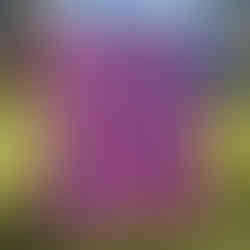


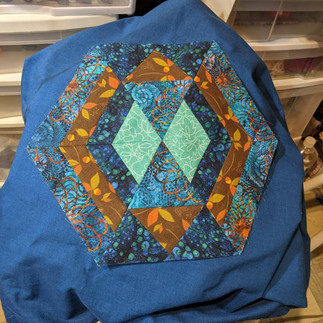
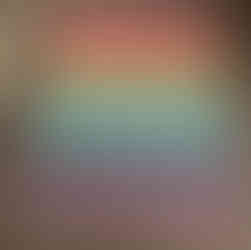

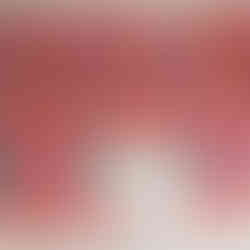




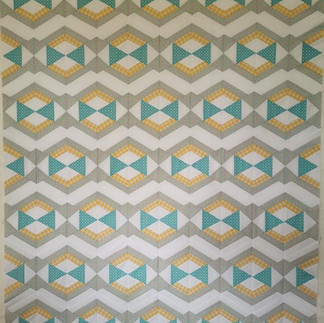



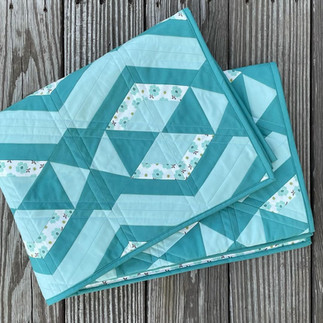

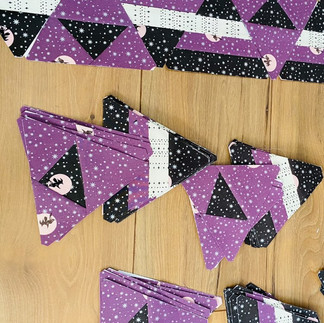
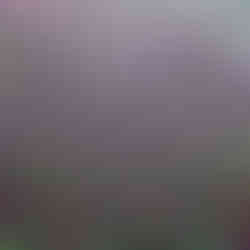






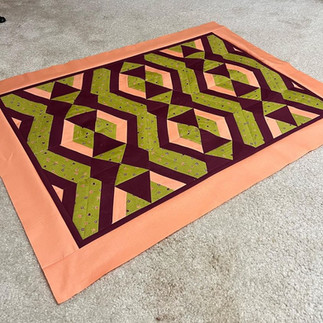


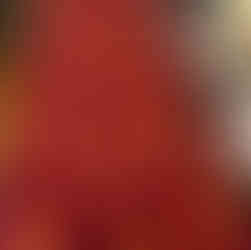

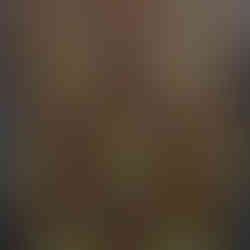

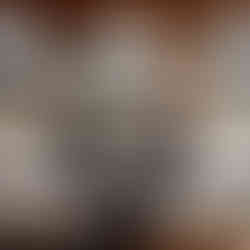


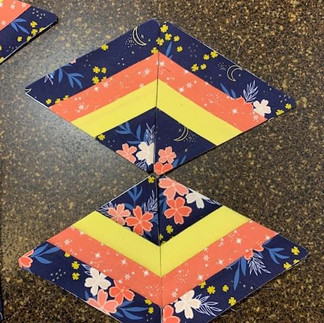

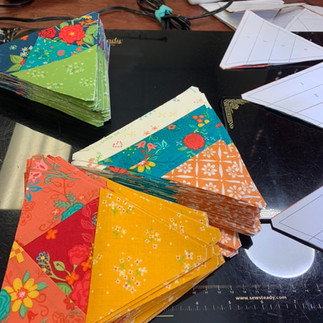
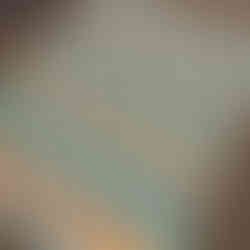


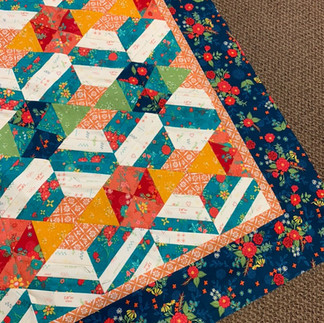
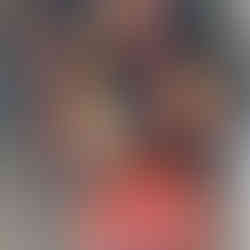

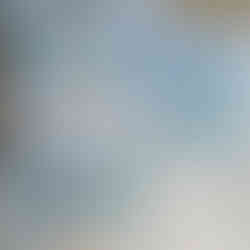









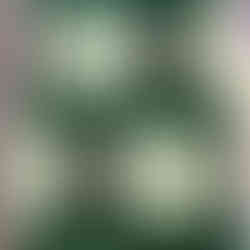

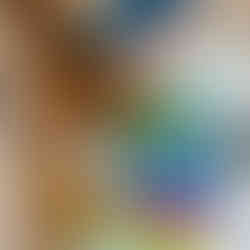

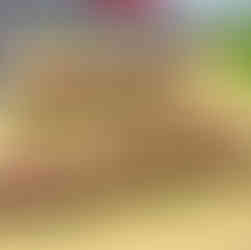

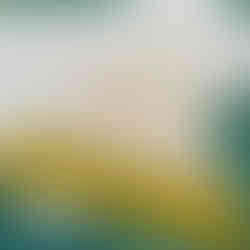
















Comments